Transilluminator: Implementation in Enhancing Clinical Outcomes and Precision in Diagnoses

The design of the transilluminator symbolizes excellence in medical innovation, making the visualization of internal structures impossible to see with the naked eye easier. Manufactured with robust and patient-safe materials, its body is compact and manageable, with accurate and powerful lighting for meticulous inspection of internal tissues. With its ergonomic design, the transilluminator can easily be handled by any medical professional, adding comfort and efficiency to the diagnostic process.
Revolutionary Innovations: The top choices for Transilluminators in 2024

Currently, the best medical practices require a suitable combination of clinical experience, diagnostic precision, and cutting-edge technology. In this regard, the transilluminator has proven to be an invaluable diagnostic resource, offering a clear and immediate view of veins and other types of tissues. This innovative instrument offers the possibility to perform procedures more safely, speeding up the identification of vascular structures and reducing the risk of unnecessary injuries.
A Light in the Laboratory Darkness: A Case Study on how the Transilluminator Revolutionized the Efficiency of Laboratory Solutions

Starting any laboratory process requires careful consideration of all available tools. This is where the Transilluminator comes in. It’s a device that uses light to visualize structures within the human body that can’t be seen with the naked eye. This high-quality medical product has proven essential for laboratory solutions, allowing healthcare professionals to view and study samples that would otherwise remain invisible.
The Simple Purchase: An In-Depth Guide on the Transilluminator

Welcome to our comprehensive buying guide on the transilluminator. Considered as part of the advanced medical technology, this laboratory equipment plays an indispensable role in multiple scientific practices.
A Shifting Beam in Healthcare: Transilluminator – A Transformative Medical Innovation

The transilluminator is a highly specialized medical tool that emits a bright, focused light, which when aimed towards a semi-opaque body, such as human tissue, can illuminate its interior for surface view. Mainly used in peripheral vein diagnostics and procedures, pediatrics, urology, and dermatology, it’s remarkable how this medical innovation is transforming how doctors and nurses carry out their procedures.
Advanced Technology in Infant Phototherapy: Enhancing Care in Medical Laboratories
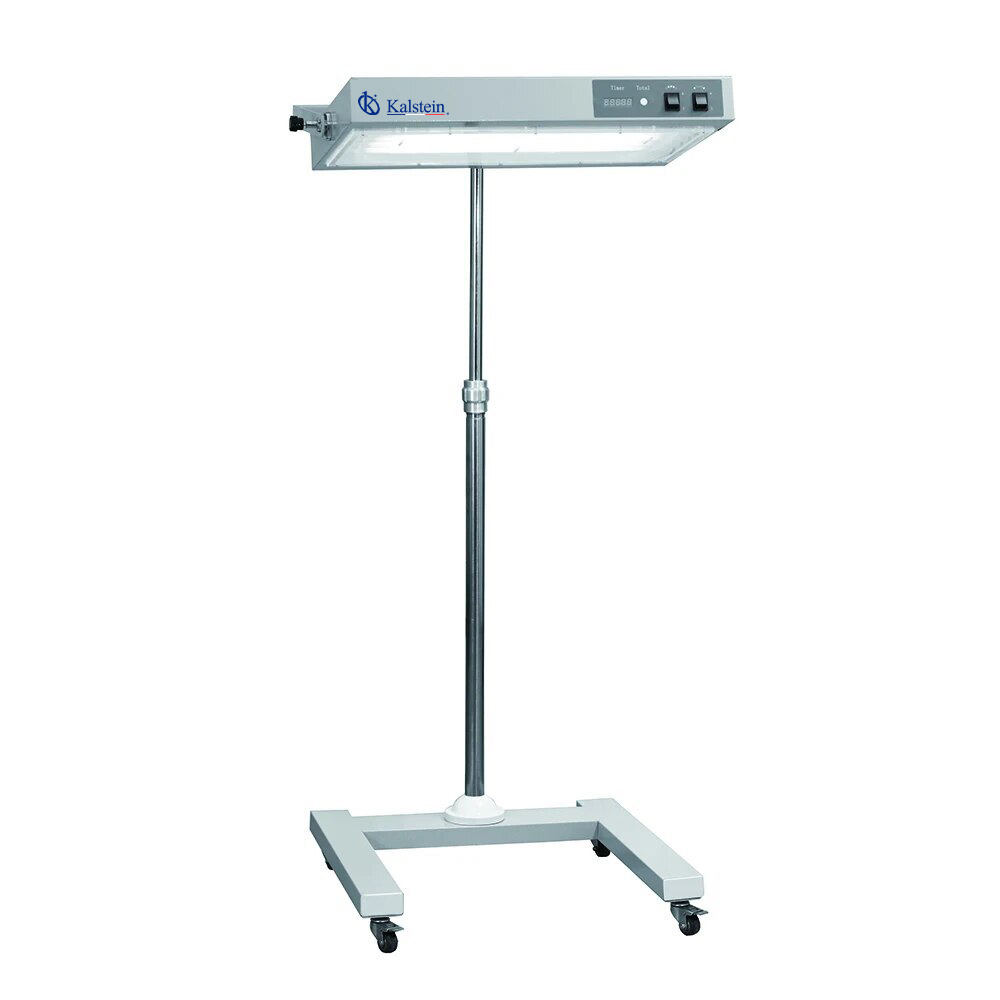
Infant phototherapy technology has advanced significantly, providing key tools for the treatment of neonatal hyperbilirubinemia. As someone involved in the medical field, I have had the opportunity to thoroughly explore the effectiveness of various Infant Bilirubin Phototherapy Units, including those offered by Kalstein and other prominent competitors.
Neonatal Phototherapy: Advanced Solutions for Treating Infant Jaundice
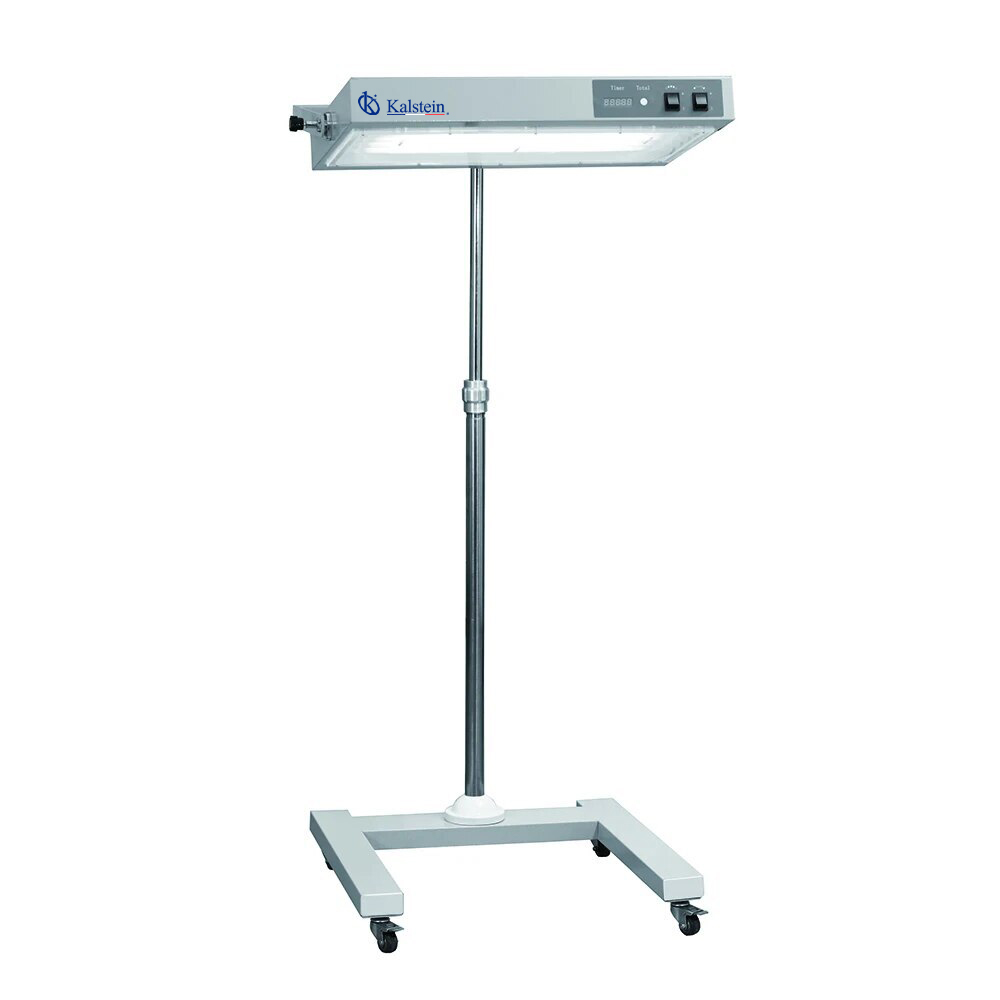
As a professional in the field of neonatology, I have had the opportunity to work with various infant bilirubin phototherapy units. Neonatal jaundice is a common condition that affects many newborns, and it is crucial to have effective phototherapy equipment for its treatment. One of the units that has stood out in my experience is the infant bilirubin phototherapy unit from Kalstein. This device combines advanced technology with a user-friendly design for both medical staff and small patients.
Infant Bilirubin Phototherapy Equipment: Innovation and Safety for the Smallest Patients
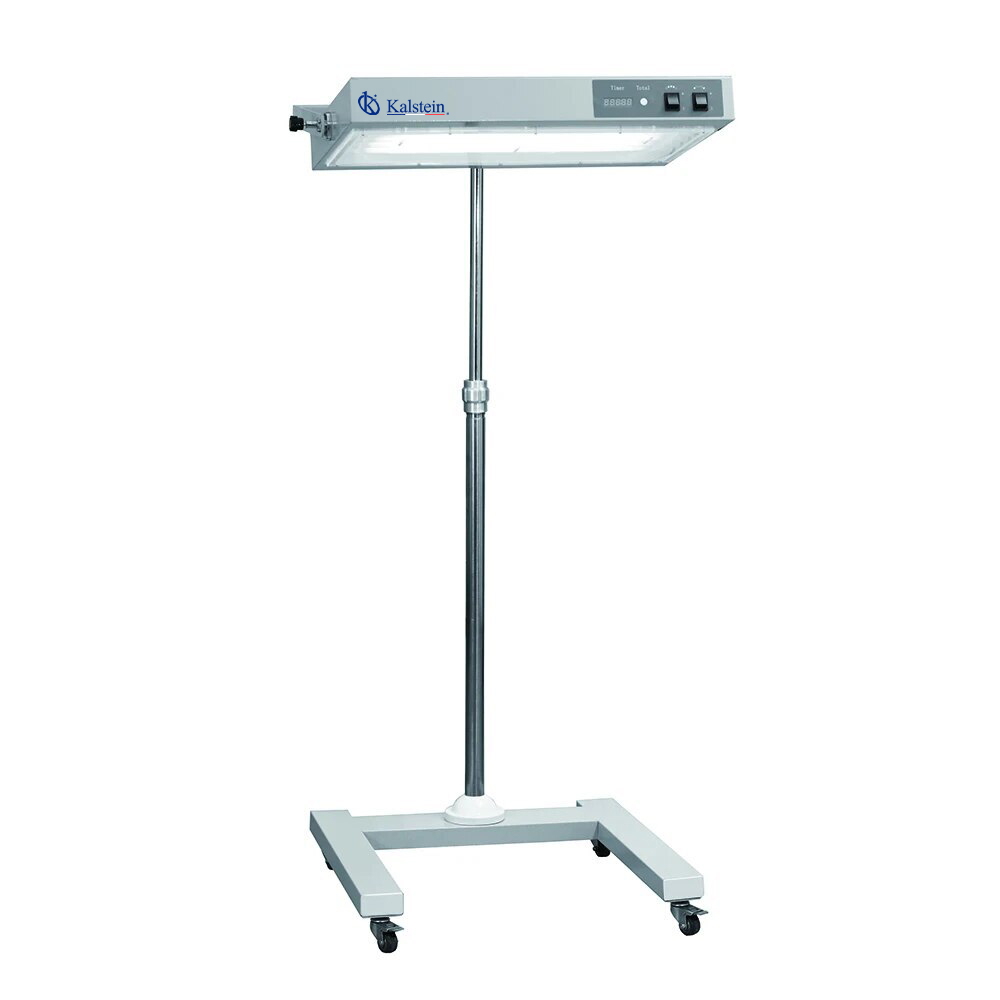
From my experience, the Infant Bilirubin Phototherapy Unit has become an indispensable tool in the treatment of neonatal jaundice. This equipment uses special light to break down the bilirubin in the baby’s skin, facilitating its elimination from the body and preventing serious complications. I have had the opportunity to work with various units, each offering unique features that contribute to the well-being and rapid recovery of newborns.
Optimization of Clinical Outcomes with Infant Bilirubin Phototherapy Units
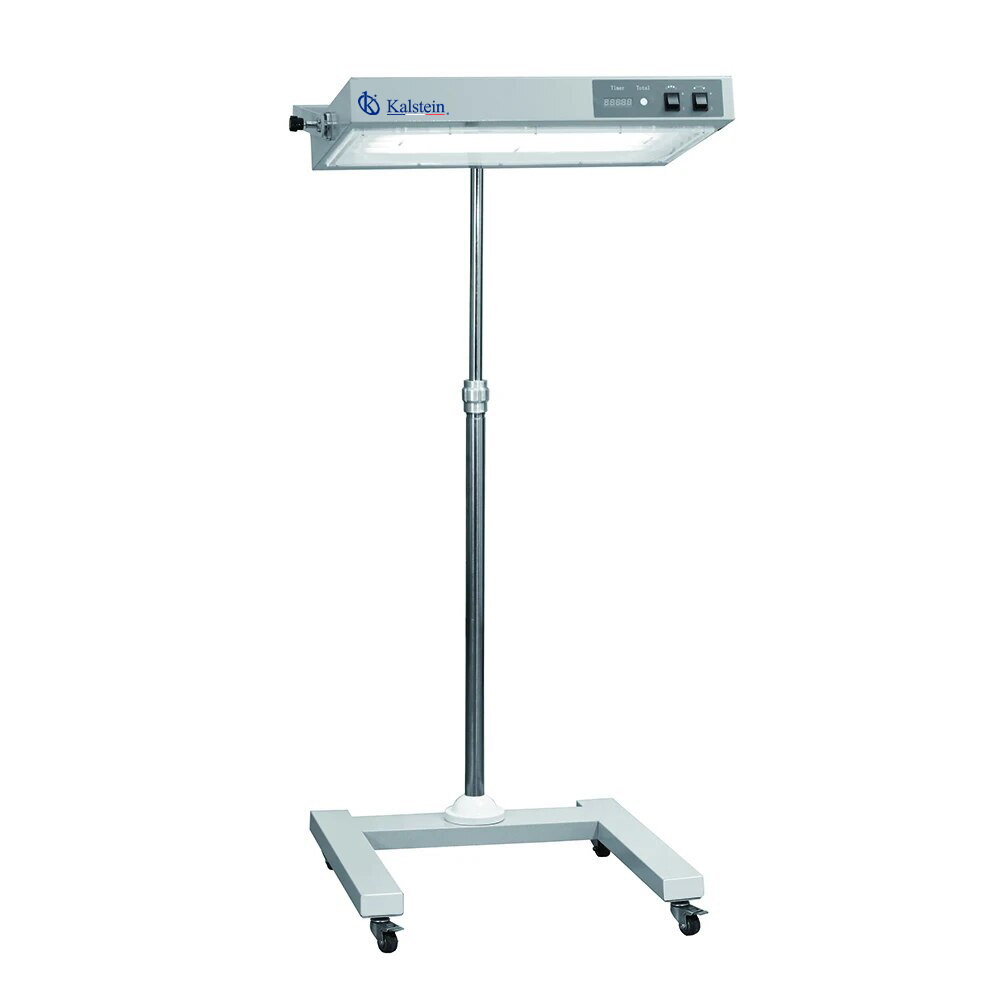
As someone who has had the opportunity to work directly with infant bilirubin phototherapy units, I can affirm that they are fundamental in the treatment of neonatal jaundice. This condition is common in newborns and is characterized by elevated levels of bilirubin in the blood, causing a yellowish coloration in the skin and eyes. Phototherapy units use blue light to break down bilirubin into a form that the baby’s body can eliminate more easily.
Innovations and Developments in Medical Devices: The Prominent Role of PCR Thermocyclers in the Laboratory Sector
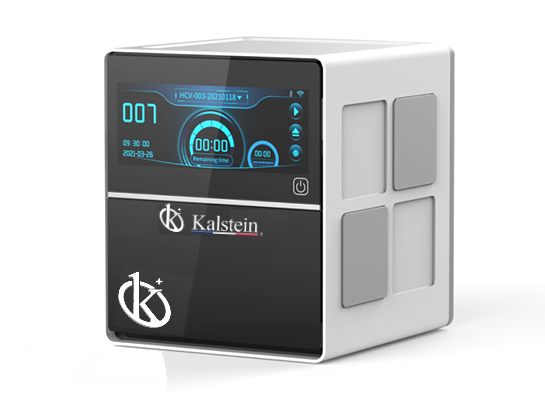
In an era where technology is advancing by leaps and bounds, it is no surprise that the laboratory sector is no exception. The last decade has been particularly fascinating with innovations in lab equipment and developments in medical devices that have transformed how laboratory procedures are conducted and interpreted. From automation to digitization and artificial intelligence, innovations in lab equipment are becoming the norm rather than the exception.
